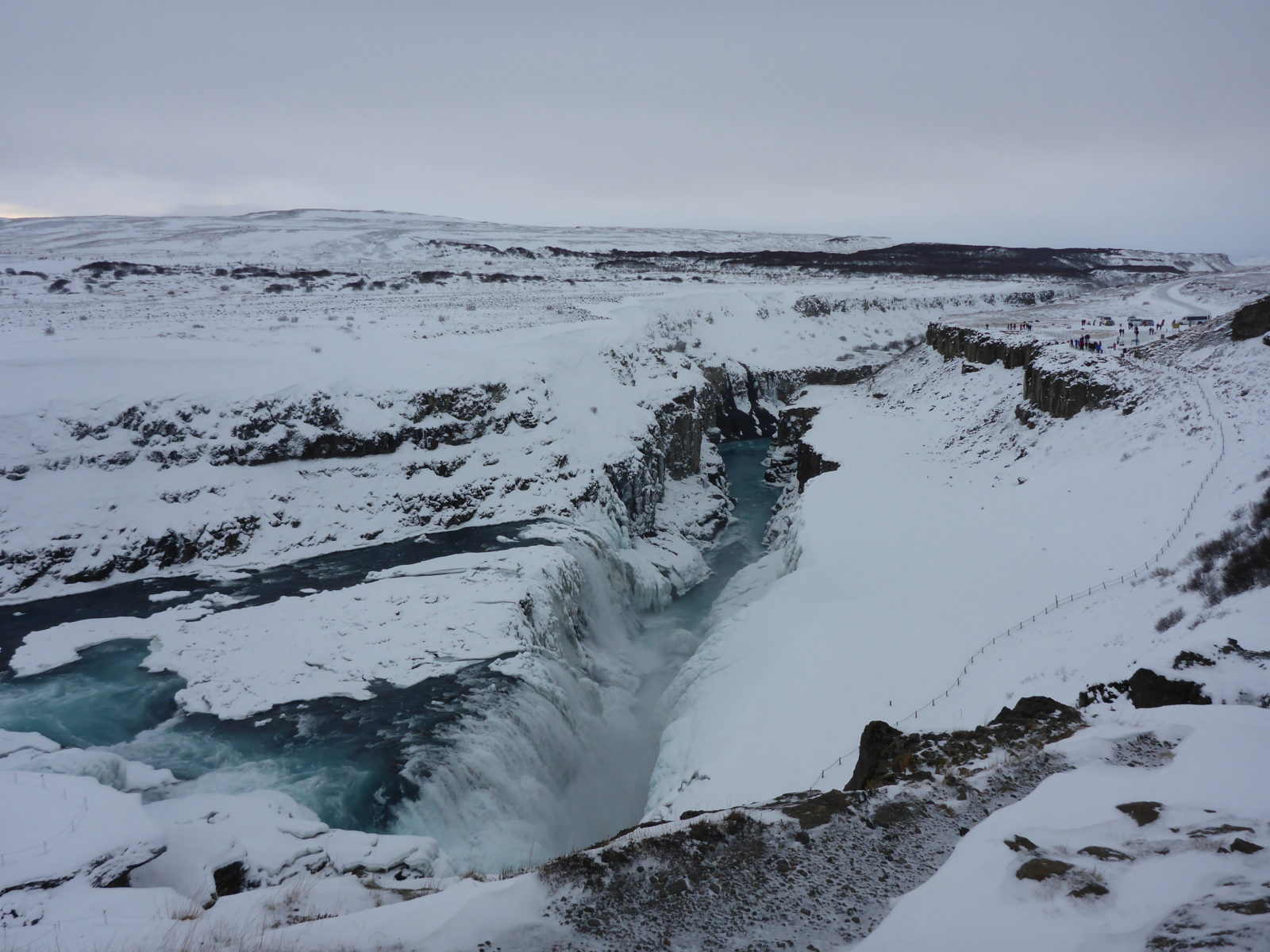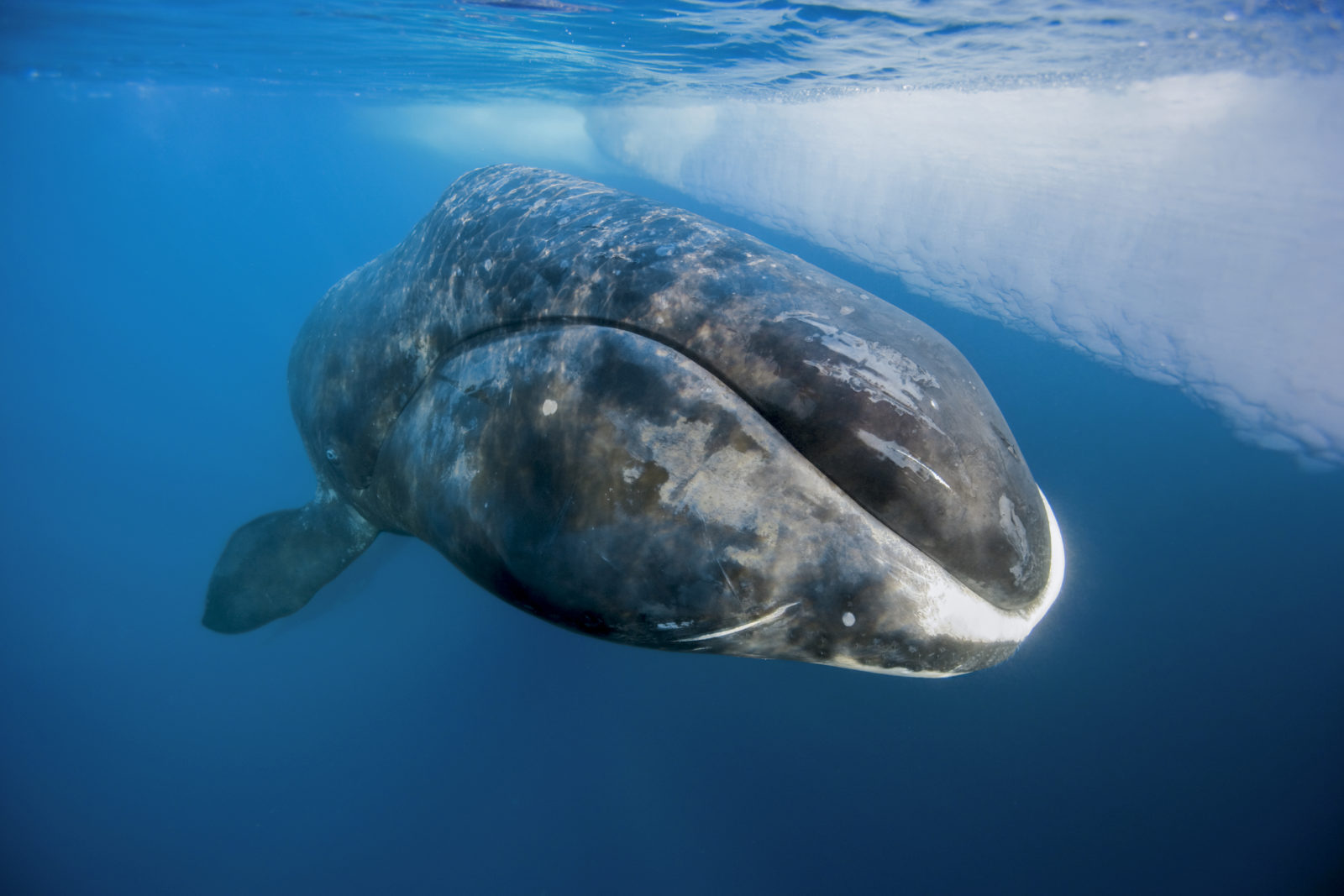What We Do (and Don’t) Know About the Arctic: A Deeper Look at a Remarkable Ecosystem
Published by Ocean Conservancy
By some accounts, the Arctic Ocean remains a largely blank area on the map. Yes, we have charted the contours of the seafloor, and, yes, we map the extent of its sea ice throughout the year. But what lies between the bottom and the top of the sea?
The recent international agreement to prevent unregulated fishing in the international waters of the Arctic Ocean is based, in part, on the fact that we know next to nothing about the fishes that live there. We don’t know how many there are, we don’t know much about their life cycle, we don’t know how they use different habitats. We certainly don’t know how all that will change as sea ice continues to retreat and the waters continue to warm.
That being said, we know far more than we used to about the Arctic. In ancient times and through the Victorian Era, a persistent geographic fantasy placed a lush, ice-free oasis around the North Pole, past the barrier of ice and snow that explorers encountered when heading north. The long, spiral tusk of the narwhal, an Arctic icon today, was mistaken by medieval European courts as evidence for the existence of unicorns.
Today, we recognize the Arctic for its role in regulating the Earth’s climate. Arctic and subarctic seas provide over a tenth of the world’s fish catches. Arctic marine mammals are known throughout the world for what they actually are, not how they fit into ancient myths. And there is increasing awareness surrounding Arctic cultures, taking them on their own terms, rather than as exemplars of human development. Indeed, the rest of the world is slowly catching up with the depth of understanding and appreciation by which Inuit, Saami, Chukchi and others have thrived in places where most of us would be hard pressed to last a day.


Perhaps the question of what we know is less an abstract reckoning of accumulated facts, and more a matter of whether we are able to make good decisions. A hunter going out onto the sea ice needs to be able to recognize danger and to identify promising places to find prey. The harsh reality is that hunters who made poor decisions did not return. That risk remains for many Arctic coastal residents. And new risks have been added, as industrial activity reaches farther and farther north.
How might shipping disturb or damage Arctic ecosystems? What can be done to reduce the effects of offshore oil and gas activity? These are the types of questions we need to be able to answer if we are going to conserve the Arctic, especially at a time of increasing stress from climate change. We will never know enough to provide definitive answers. We will continue to work in uncertainty, with gaps in understanding, in the expectation that surprises await.
With that in mind, caution is essential. Acting in the absence of knowledge is no different than running with a blindfold on, hoping for the best despite ample prior experience to the contrary. The burden should not be to prove that human actions will cause harm, but instead to demonstrate why those actions are not likely to damage Arctic ecosystems and affect those who depend on them. Adequate knowledge is that which allows us a realistic appraisal of the risks our actions entail, so that we can make informed decisions.
This is not to say that nothing can be done in the Arctic. Such a stance is unrealistic and also contrary to the needs of Arctic residents, who need work and income just like the rest of us. Instead, the Arctic should be home to a knowledge economy and a knowledge environment, in the sense that we should invest in learning what we can. In that way, we can identify opportunities that arise and avoid long-term harm caused by myopic pursuit of short-term gain.
The bowhead whale is the longest-lived mammal on the planet and has provided sustenance for Iñupiaq and Yupik whalers in Alaska for centuries. In the latter half of the 19th century, the bowhead was nearly wiped out in the quest for whale oil and baleen, or “whalebone.” Profits were high but fleeting. Commercial whalers willingly turned a blind eye to the increasing scarcity of the whales. Fortunately, the market for whale products collapsed before the whales did.


Today, the bowhead population in Alaska continues to rise, continuing to provide nourishment. Several decades of intensive scientific research, conducted in partnership with the Iñupiaq and Yupik whalers, has made the bowhead one of the best understood whales on Earth, despite living year-round in remote, icy waters. This is what we know how to do in the Arctic and should be our inspiration and our standard for what we do next.
Henry Huntington, the Arctic Science Director for Ocean Conservancy, expands on the topic of this blog in this recent article in the journal Environment: Science and Policy for Sustainable Development.
The post What We Do (and Don’t) Know About the Arctic: A Deeper Look at a Remarkable Ecosystem appeared first on Ocean Conservancy.
Read the full article at: https://oceanconservancy.org/blog/2018/02/23/dont-know-arctic-deeper-look-remarkable-ecosystem/


